If you keep up with automobile technology, you’ve undoubtedly seen more than one instance where a manufacturer has chosen to use camera technology instead of more conventional accessories like side view mirrors or rearview mirrors made of glass.
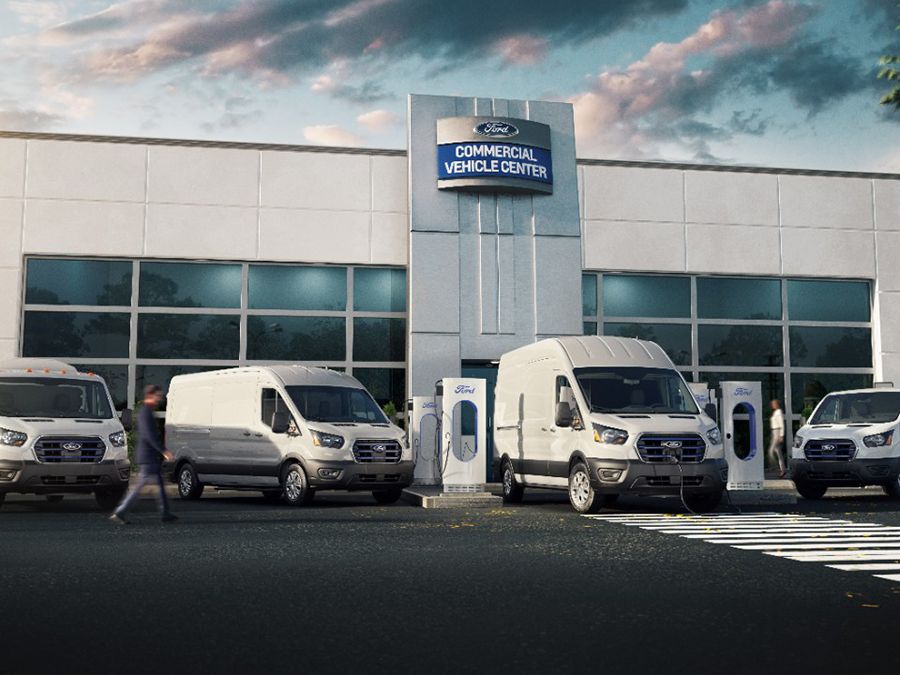
Read Also: Ford F-150 Lightning Production Halted Due to Battery Issue – Here’s Why
Video Technology Has Been Around Awhile
For instance, in 2015, Ford Fusion and other Ford vehicle owners had access to video technology as part of their technology package. A large field of view provided by a conventional backup camera mounted above the license plate increases a driver’s safety when going backward. It has a closeup feature and a decent wide-angle display. It is situated in the middle of the dash panel and allows you to see whether there are any vehicles, people, or perhaps one or two additional pedestrians behind your car that you may have missed.
For instance, the Ford Fusion’s rearview camera had repeatedly stopped parking lot conflicts from starting when other drivers backed out of their spots without looking. An excellent application of this technology is backup cameras. Many vehicles have come standard with backup cameras for at least twenty years.
Essential Part Of The Overall Debate
The federal safety establishment established the standard under which camera technology is applied and later created the new guidelines, engaged in a meaningful discussion. While not being adopted by the industry quickly, it gradually spread from more expensive models where digital camera technology had become the norm (it was also available from the aftermarket).
The industry’s employment of video technology in its safety systems served as the inspiration for the resolution. It doesn’t take much computation to realize that adding side view and rearview mirrors is equally simple if a car manufacturer has previously included backup/rearview equipment in its safety package. Before the pandemic halted events like auto exhibitions a few years ago, there were prototype cars from various manufacturers with video-based, digitized rearview and side view mirrors.
In order to digitize reviews in its 2023 Ford Transit and E-Transit vehicles, Ford has joined the effort. Ford Pro, the initiative behind the Digital Rearview Mirror, keeps advancing technologies to improve the user experience for its business clients. Also, it aids in raising their productivity at the same time.
Digital Rearview Features High-Def Monitor In Place of Rearview
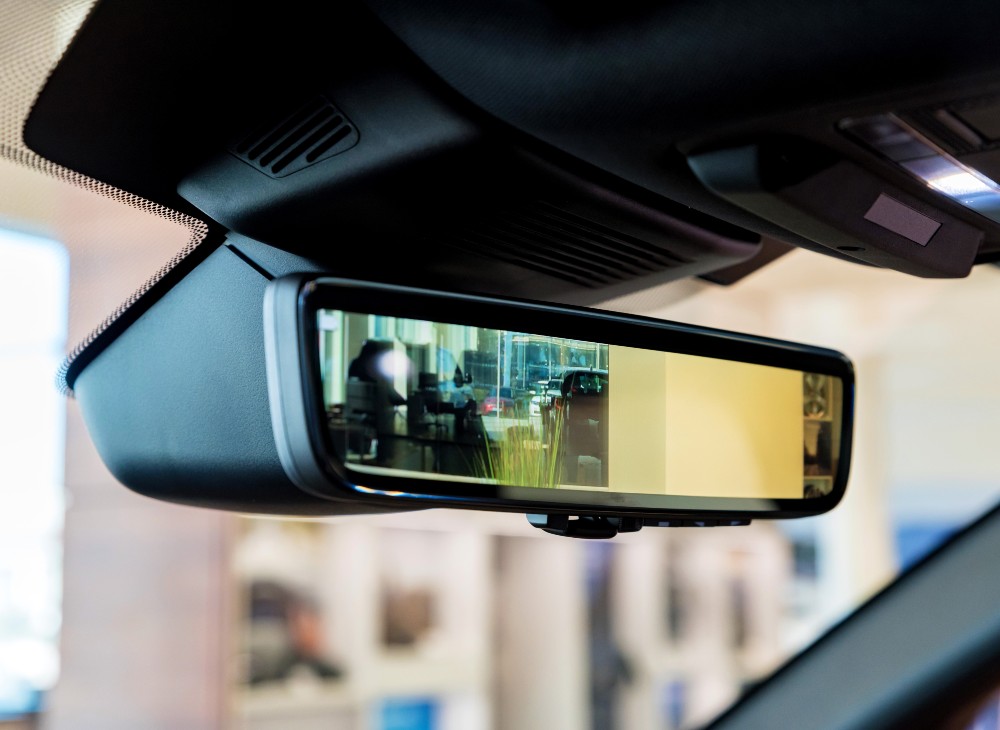
Drivers have an unrestricted view of what is behind the van thanks to the digital rearview mirror. Also, it works well for vans with windows that might be loaded down with passengers or stuff and block the driver’s rear view.
Drivers may identify cyclists, pedestrians, and other cars with the help of the digital rearview mirror, which has a high-definition monitor that shows a panoramic image of the area behind the van, even when a bulkhead, luggage, passengers, or windowless back doors are in the way.
The Transit and the E-Transit, two key products for Ford Pro, the automaker’s commercial vehicle division, are equipped with the new camera system. Ford Pro was established by the firm in 2021 as a distinct division inside Ford to better meet the demands of business customers. There is always room for more safety precautions.
Downloading the video of the digital rearview in operation will allow you to see examples of the device in use. Visit the Ford Pro website for more examples of what they offer.
FAQ’s
Digital rearview mirrors are a new technology added by Ford to the Transit and E-Transit vans. They replace the traditional rearview mirrors with high-definition cameras and digital displays, providing a wider and clearer view of the surrounding environment.
Digital rearview mirrors in Ford Transit and E-Transit vans offer several benefits, including improved visibility, enhanced safety, and increased convenience. They provide a wider and clearer view of the surroundings, especially in poor lighting conditions or inclement weather, reducing blind spots and improving the driver’s situational awareness.
Yes, digital rearview mirrors in Ford Transit and E-Transit vans are legal in the United States, Canada, and many other countries. They meet the safety and regulatory standards established by the National Highway Traffic Safety Administration (NHTSA) and other relevant authorities.
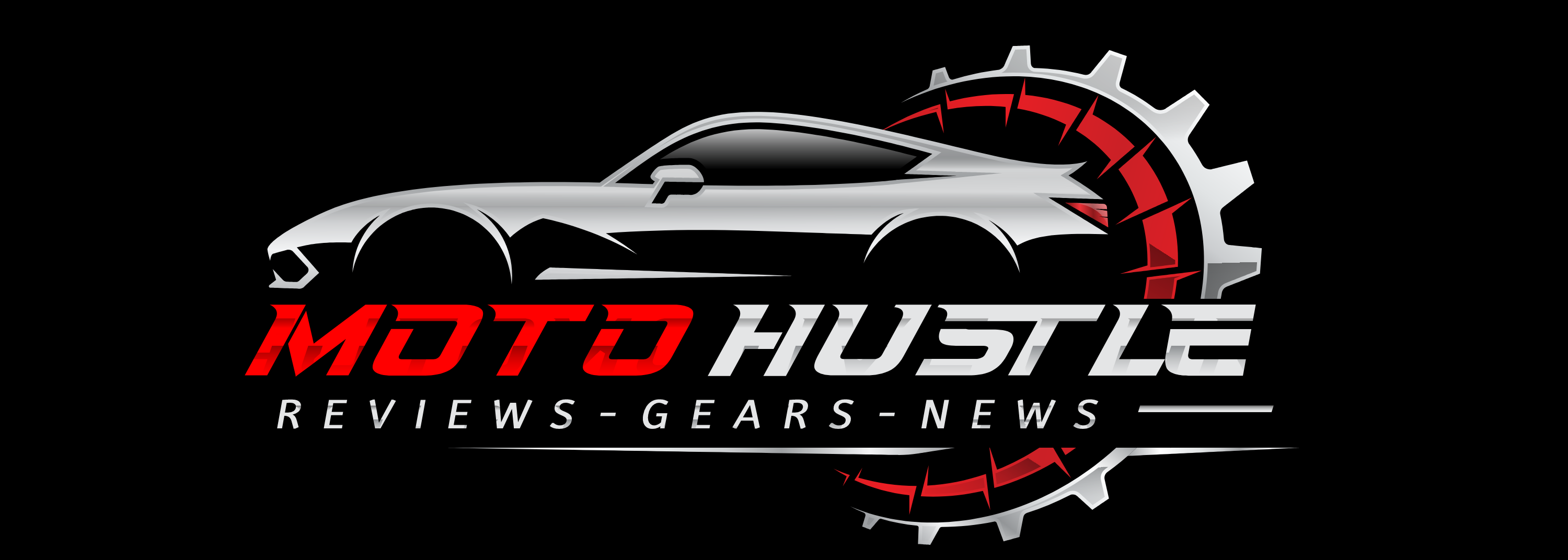
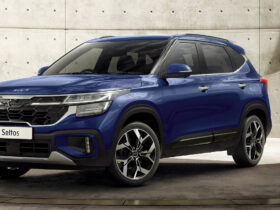
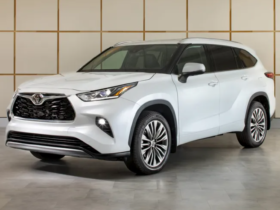

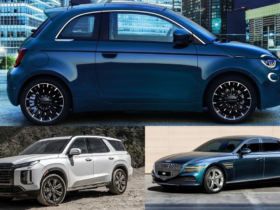

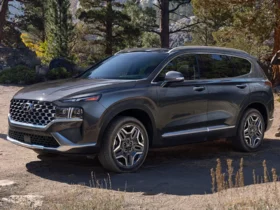


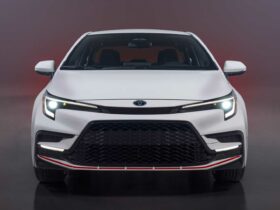
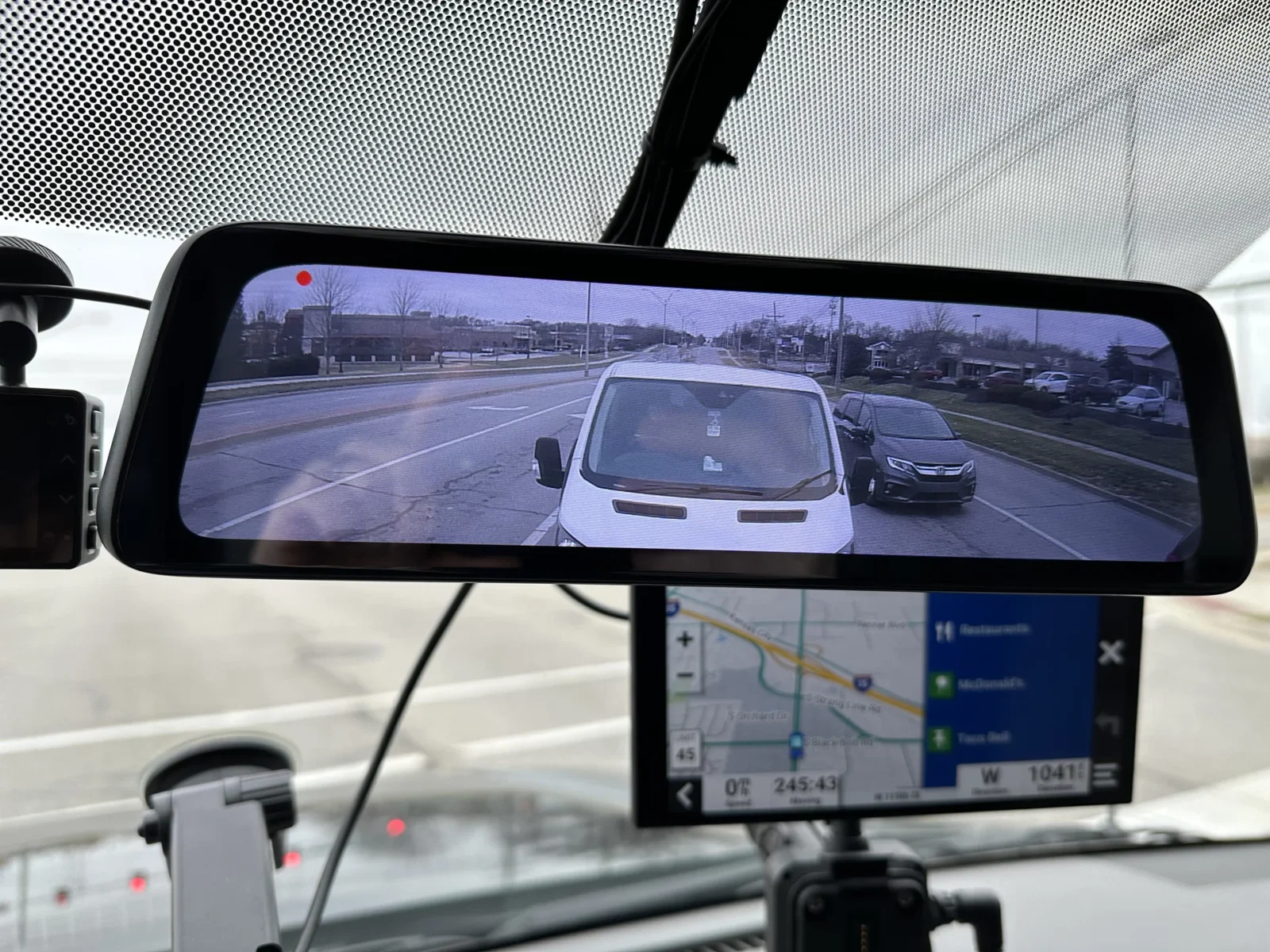


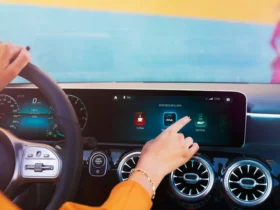




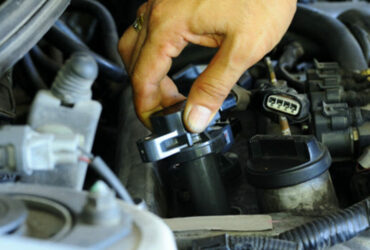

Leave a Reply